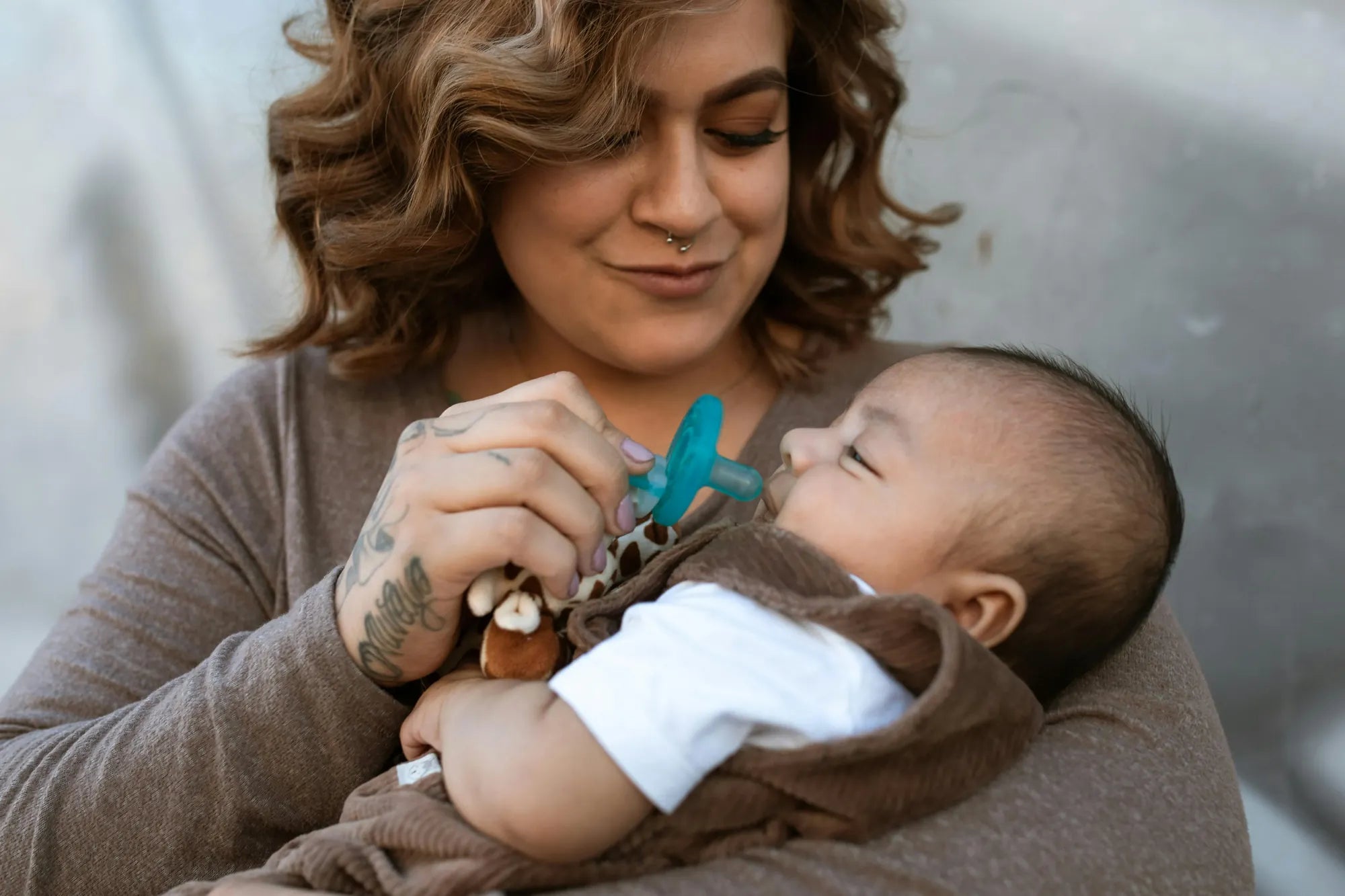Home
Pregnancy, Breastfeeding, and Pumping: The Ultimate Guide for Moms
How to Correctly Size Breast Pump Flange for Optimal Comfort and Efficiency

How to Correctly Size Breast Pump Flange for Optimal Comfort and Efficiency
When it comes to breastfeeding, comfort and efficiency are key. One often overlooked but crucial aspect of using a breast pump is ensuring the flange is correctly sized. A poorly fitting flange can lead to discomfort, reduced milk output, and even damage to breast tissue. In this article, we’ll guide you through the process of correctly sizing a breast pump flange to ensure a comfortable and effective pumping experience.
Why Correct Flange Sizing Matters
The flange, also known as the breast shield, is the part of the breast pump that fits over the nipple and areola. Its primary function is to create a seal that allows the pump to express milk efficiently. However, if the flange is too large or too small, it can cause a range of issues. A flange that’s too large may not create a proper seal, leading to reduced milk output. On the other hand, a flange that’s too small can compress the nipple, causing pain, swelling, and even tissue damage. Correct sizing ensures that the nipple moves freely within the tunnel of the flange, allowing for optimal milk expression without discomfort.
How to Measure Your Nipple for the Right Flange Size
Measuring your nipple is the first step in finding the correct flange size. Here’s how to do it:
- Wait until after a feeding or pumping session: Nipples can change size due to stimulation, so it’s best to measure them when they are in their natural state.
- Use a ruler or measuring tape: Measure the diameter of your nipple at its base, where it meets the areola. Make sure to measure in millimeters for accuracy.
- Add 2-3 millimeters: The flange size should be slightly larger than your nipple diameter to allow for comfortable movement. Most manufacturers recommend adding 2-3 millimeters to your nipple measurement to determine the correct flange size.
Signs Your Flange is the Wrong Size
Even if you’ve measured your nipple, it’s important to be aware of signs that your flange may still be the wrong size. Here are some common indicators:
- Pain or discomfort: If pumping is painful, especially around the nipple, your flange may be too small.
- Reduced milk output: If you’re not expressing as much milk as usual, the flange may be too large, preventing a proper seal.
- Swelling or redness: These symptoms can indicate that the flange is compressing your nipple too tightly.
- Nipple rubbing against the sides: If your nipple is touching the sides of the flange tunnel, it’s likely too small.
Tips for Ensuring a Proper Fit
Once you’ve determined the correct flange size, there are a few additional tips to ensure a proper fit:
- Check for a snug but comfortable fit: The flange should create a seal around your areola without causing discomfort.
- Ensure your nipple moves freely: During pumping, your nipple should move freely within the tunnel of the flange without rubbing against the sides.
- Adjust suction settings: Even with the correct flange size, high suction settings can cause discomfort. Start with a lower setting and gradually increase it to a comfortable level.
- Replace flanges as needed: Over time, flanges can wear out or become misshapen. Regularly inspect your flanges and replace them if necessary.
Common Mistakes to Avoid
When sizing a breast pump flange, there are a few common mistakes to avoid:
- Guessing the size: Always measure your nipple rather than guessing the size. A flange that’s too large or too small can cause significant issues.
- Ignoring discomfort: Pain during pumping is not normal. If you experience discomfort, reassess your flange size and fit.
- Using the wrong measurement: Make sure to measure the diameter of your nipple, not the areola. The flange should fit around the nipple, not the entire breast.
- Not considering changes over time: Your nipple size may change during your breastfeeding journey, especially if you’ve recently given birth. Reassess your flange size periodically to ensure it still fits correctly.
How to Test Your Flange Fit
After selecting a flange size, it’s important to test the fit to ensure it’s correct. Here’s how:
- Assemble your breast pump: Attach the flange to your breast pump as usual.
- Position the flange: Place the flange over your nipple and areola, ensuring it creates a seal.
- Start pumping: Begin pumping at a low suction setting and observe how your nipple moves within the flange tunnel.
- Check for comfort and efficiency: Your nipple should move freely without rubbing against the sides, and you should feel minimal discomfort. If you notice any issues, try a different flange size.
When to Seek Professional Help
If you’re struggling to find the correct flange size or experiencing persistent discomfort, it may be helpful to consult a lactation consultant or healthcare provider. They can provide personalized guidance and ensure that your breast pump setup is optimized for your needs. Additionally, some manufacturers offer sizing guides or customer support to help you find the right fit.
Correctly sizing a breast pump flange is essential for a comfortable and efficient pumping experience. By taking the time to measure your nipple, test the fit, and make adjustments as needed, you can ensure that your breast pump works effectively without causing discomfort. Remember, a well-fitting flange not only improves milk output but also protects your breast health, making it a crucial step in your breastfeeding journey.
Share

